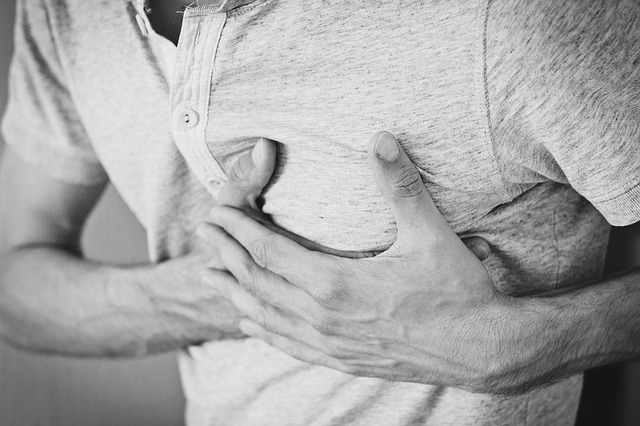A new finding could impact the diagnosis and treatment of heart diseases in men and women. Researchers from McGill University have found that the minerals that block heart valves in men are completely different from those that cause the problem in women.
'What we showed, which was a surprise to us, is that the type of minerals in the heart valves is different between the sexes. We unexpectedly found that the minerals are different in composition and shape and that they grow slower in women," said study researcher Marta Cerruti from McGill University in Canada.
Notable differences in mineral deposits
The study, published in the journal Acta Biomaterialia, shows considerable differences in the mineral deposits found in aortic valves of men and women who suffer from stenosis, a life-threatening heart condition caused by a narrowing of the aortic valve opening. For the findings, the research team analysed damaged heart valves from patients who had undergone transplants.

According to the researchers, the findings demonstrate the importance of thinking about diversity in the context of research, a concept that has historically been a blind spot for the scientific community. For example, using only male mice in experiments used to be standard practice.
"Our study is the perfect illustration that by only looking at a specific population, you will skew your data. Having a more diverse data set improves your science," Cerruti said.
Need to develop different therapeutics and diagnostics
The study showed the need to develop different diagnostic and therapeutic approaches when treating aortic stenosis in men or women. In order to make that happen, the research team to further investigate this cardiovascular phenomenon and understand the precise composition of the mineral deposits they found in women.
"Understanding what the minerals are could definitely help to develop a cure," said Cerruti "It's possible that there could be easier ways to target these minerals and dissolve them for women," she added.
(With inputs from agencies)









